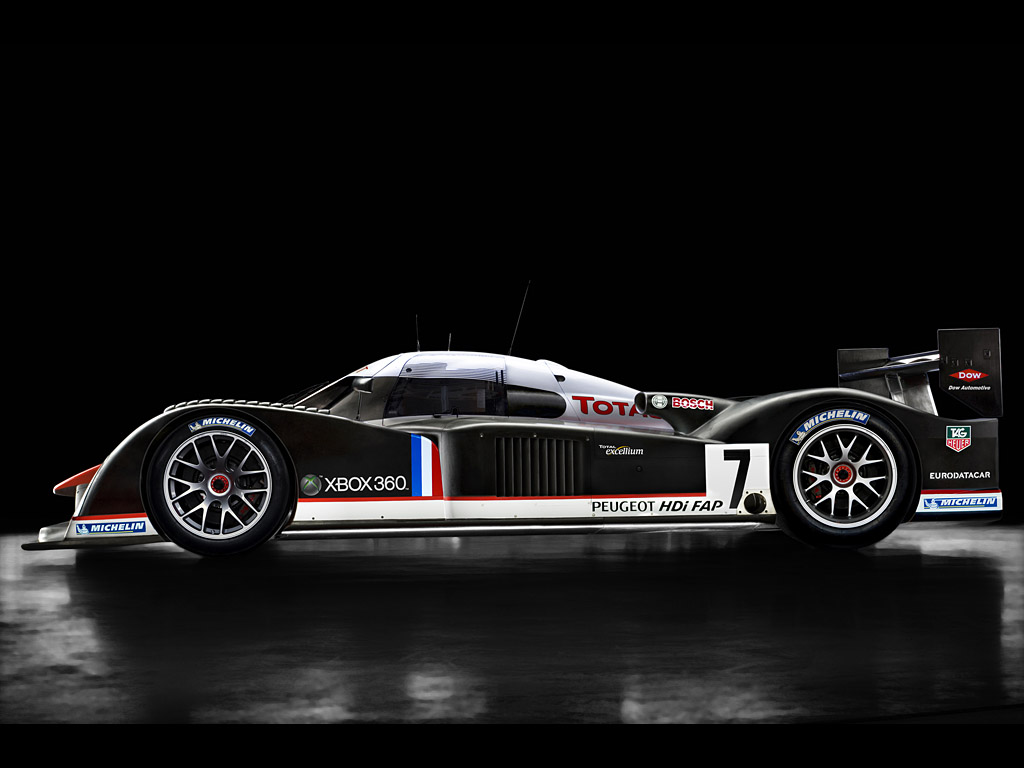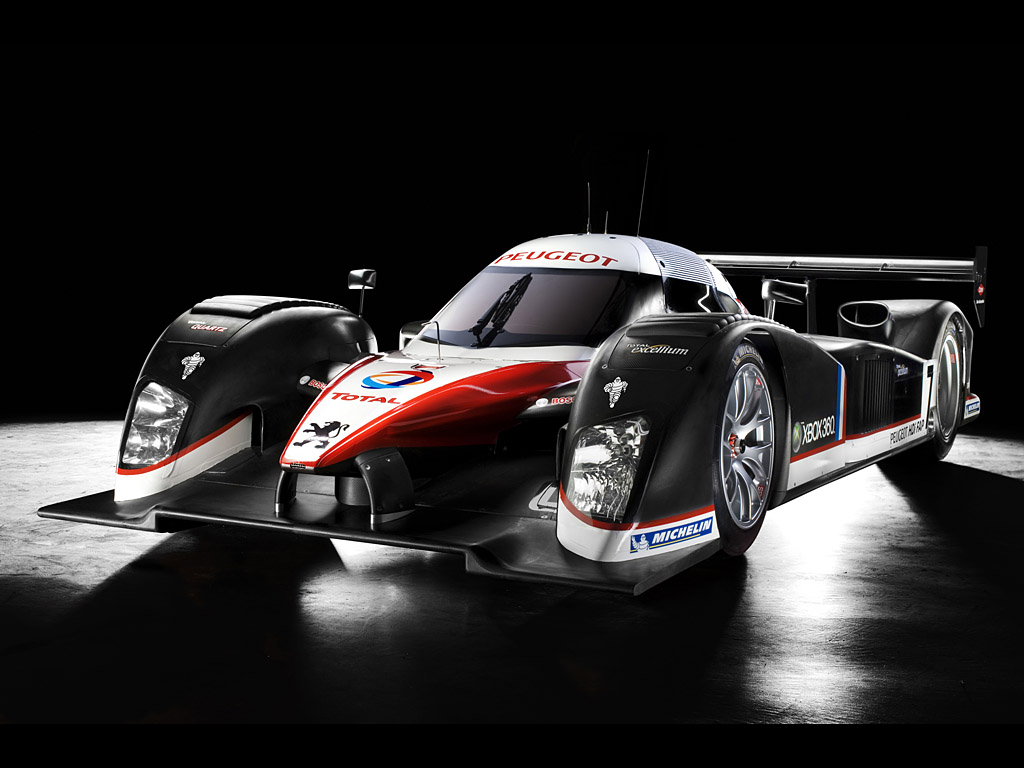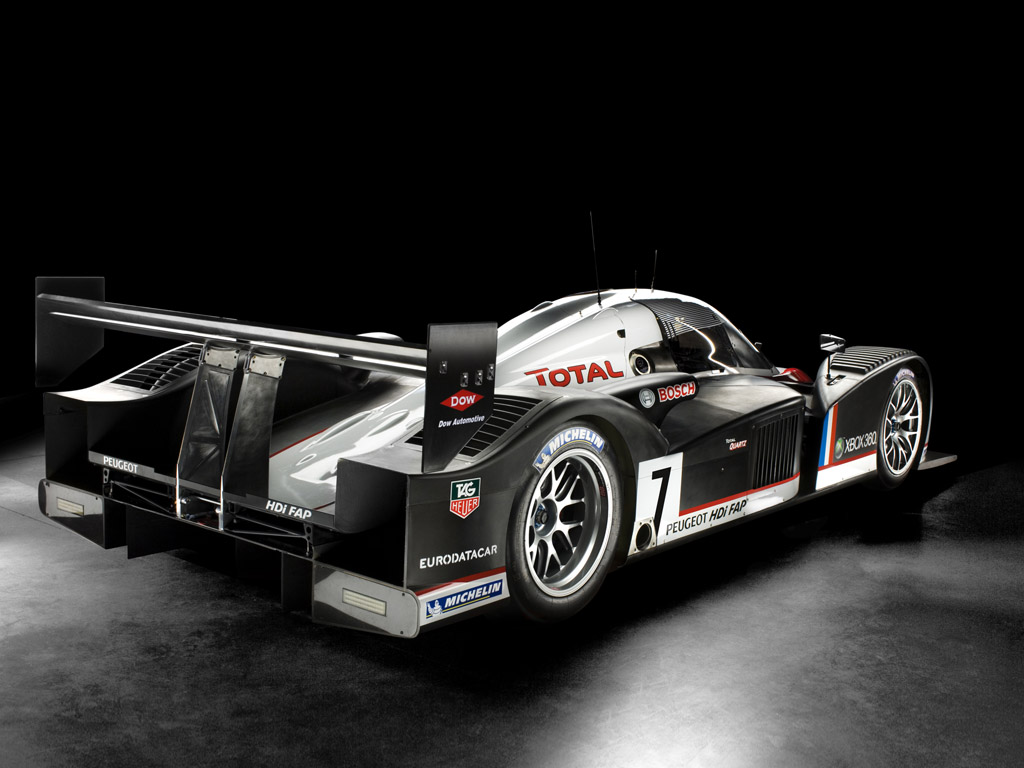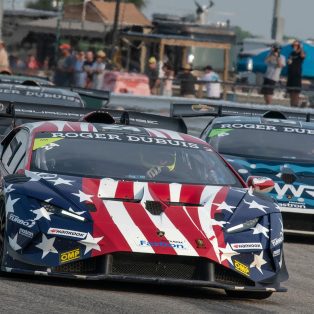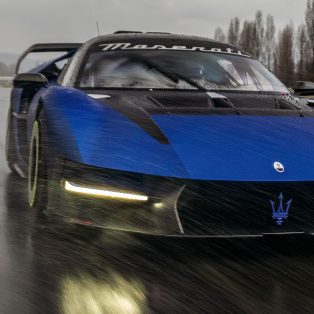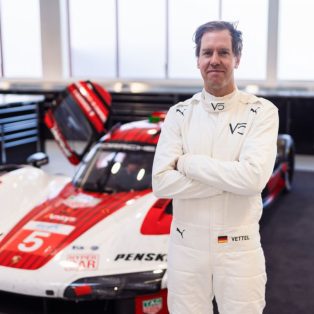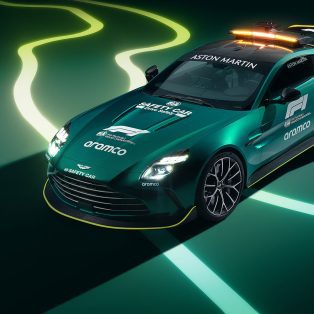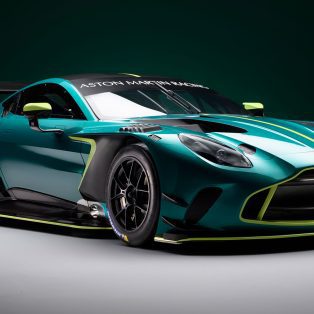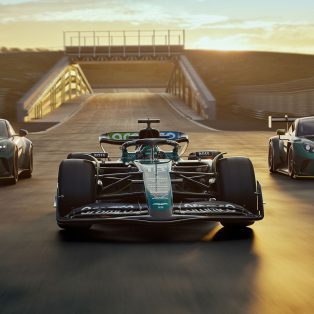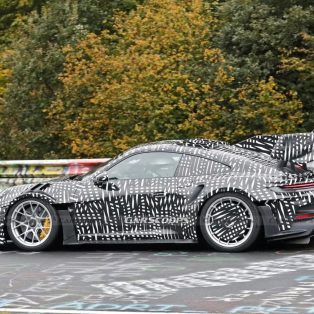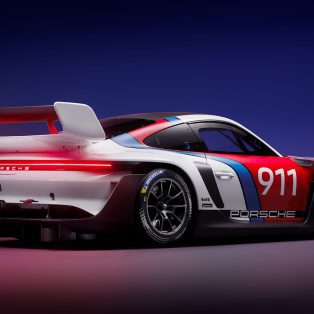2007 Peugeot 908 HDi FAP
After the announcement that prototype cars at LeMans would be restricted to coupes by 2010, Peugeot was the first to reveal their 908 contender which would vie for overall victories. Like many French manufacturers, Peugeot have had strong ties to events like Le Mans and named their car 908 to link it with the 905 which won the race in 1992 and 1993.
The second part of the 908’s name comes from its V12 diesel engine which trails Audi who have proven with the R10 that ‘oil burners’ have what it takes to win LeMans. Both companies are keen to promote diesel which is prominent in Europe. They power their prototypes with the most powerful diesel engines in the world which require expensive diesel particulate filter systems (DPFS) to keep the ghastly black smoke off the circuit.
Diesel fuel provides 5% more energy which is a hot topic of discussion, especially for Henri Pescarolo who fields his gasoline-powered lmp1 prototypes against Peugeot and Audi. He argues that even though the Diesel cars have 5% smaller gas tanks, that can’t make up for the increased pace around the track. Even though a compression ignition engine has to maintain lower engine speeds, Audi and Peugeot turbo charge to make up for the difference and use lower transmission ratios. They also take a weight balance hit since the engine and transmission are larger and have to deal with the increased torque that a diesel provides.
Both companies use specially designed Mahle pistons that help increase the potential engine rpm that is limited by combustion chamber cooling and higher combustion pressures. For the project, Mahle provides custom aluminum pistons with a welded steel oil gallery and cast iron first ring carrier that help reduce weight and offer the required cooling for compression ignition.
Development
Peugeot’s first major move was to release a styling mock-up at the 2006 Paris Mondial which provided a spectacular sight, but offered little in the way of a usable race car. Many of the dimensions didn’t fit within the rules and it was obvious the design engineers were up against Peugeot marketing and styling.
Peugeot’s choice to use a closed coupé weighs heavily on the upcoming rules, since the Audi R10 has a few advantages that include no windscreen, no wipers and easier driver entry and exit. Peugeot claim that they prefer a coupe design for aerodynamic advantages and structural rigidity.
Working from a blank sheet and completely ‘in house’, Peugeot hired ex-Courage engineer Paolo Catone as chief engineer and chassis designer. He had also worked on the 905 over a decade earlier. Almost all the components are built at Peugeot’s facilities, but the carbon fiber monocoque and some suspension pieces are outsourced. Paolo’s team which included Claude Guillois (engine) and Guillaume Cattelani (engine) completed the first car in January for its initial press preview. No one got to see the unique 100 degree V12 under the hood, but the body shape has now obviously changed since we first saw the styling mockup in Paris.
The most immediately noticeable differences are a tiny cabin, large A-pillars, air intakes on the leading edge of the fenders and a much smaller, more steeply raked windscreen. This is emphasized by a very low nose which is necessary because the driving position is equally low. The cabin is also very cramped and the shut lines for the doors reveal a lot about the detail underneath. To comply with the regulations, Peugeot devised a two-piece doors which hinge on both the cabin and the side sill. These allow the FIA’s mandatory templates to pass through, but more importantly let the radiators sit further forward for better cooling and increased engine space. This design will likely be a hot-topic, as it makes ingress and egress very limited.
The engine is made within the limits of the regulations that give the car 5.5 liters of displacement. Two Garrett turbos are fitted and allowed 2.94 bar of forced induction to help the common rail diesel produce over 700 bhp. The obtuse angle of 100 degrees allows the engine to sit much lower without affecting the engine’s torsional rigidity.
Racing
For the first several years of racing Peugeot dominated the Le Mans Endurance Series while Audi stuck with the ALMS in North America. In full factory guise, the two teams only met at Le Mans where the Audis dominated in 2007 and 2008. n 2009 the tables turned when Peugeot finally won the event against the Audi R15.
For 2010 Pegueot entered three cars at several key events and won the Sebring 12 Hour race outright. Running up to Le Mans they beat the factory Audis by only a slim margin at the 1000kms of SPA Francorchamps. This year they also provided a single car to Team Oreca Matmut.
Auction Sales History
2008 Peugeot 908 HDi FAP 908-05 – did not sell for €1,400,000 One of two chassis built for the 2008 season. Second overall at the 2008 24 Hours of Le Mans. Winner of the 2009 Petit Le Mans and the 2010 Algarve 1000 KM. Three 2nd place finishes, three pole positions, and four fastest laps. Ground-breaking HDi FAP clean-exhaust diesel-powered V-12. Owned and raced by Team Peugeot Total. Offered directly from the Peugeot factory. Auction Source: 2014 Paris by RM Auctions
In Detail
| type | Racing Car |
| built at | France |
| engine | Aluminum Diesel 100 Degree V 12 |
| position | Mid, Longitudinal |
| aspiration | Twin Garret Turbochargers |
| valvetrain | DOHC, 4 Valves per Cyl |
| fuel feed | Bosch MS17 Direct Fuel Injection |
| displacement | 5500 cc / 335.6 in³ |
| power | 522.0 kw / 700 bhp |
| specific output | 127.27 bhp per litre |
| bhp/weight | 756.76 bhp per tonne |
| torque | 1200 nm / 885.1 ft lbs |
| body / frame | Carbon Compostie Monocoque |
| wheel type | BBS Magnesium |
| front brakes | Carbon Ceramic Discs |
| rear brakes | Carbon Ceramic Discs |
| steering | Rack & Pinion w/Electric Assist |
| curb weight | 925 kg / 2039 lbs |
| length | 4650 mm / 183.1 in |
| width | 2000 mm / 78.7 in |
| transmission | 6-Speed Sequential |
| designers | Claude Guillois (engine), Guillaume Cattelani (aerodynamics), Paolo Catone (chassis) |
| race victories | 2009 24 Hours of Le Mans, 2010 Sebring 12 Hours, 2010 1000kms of SPA Franchochamps |





